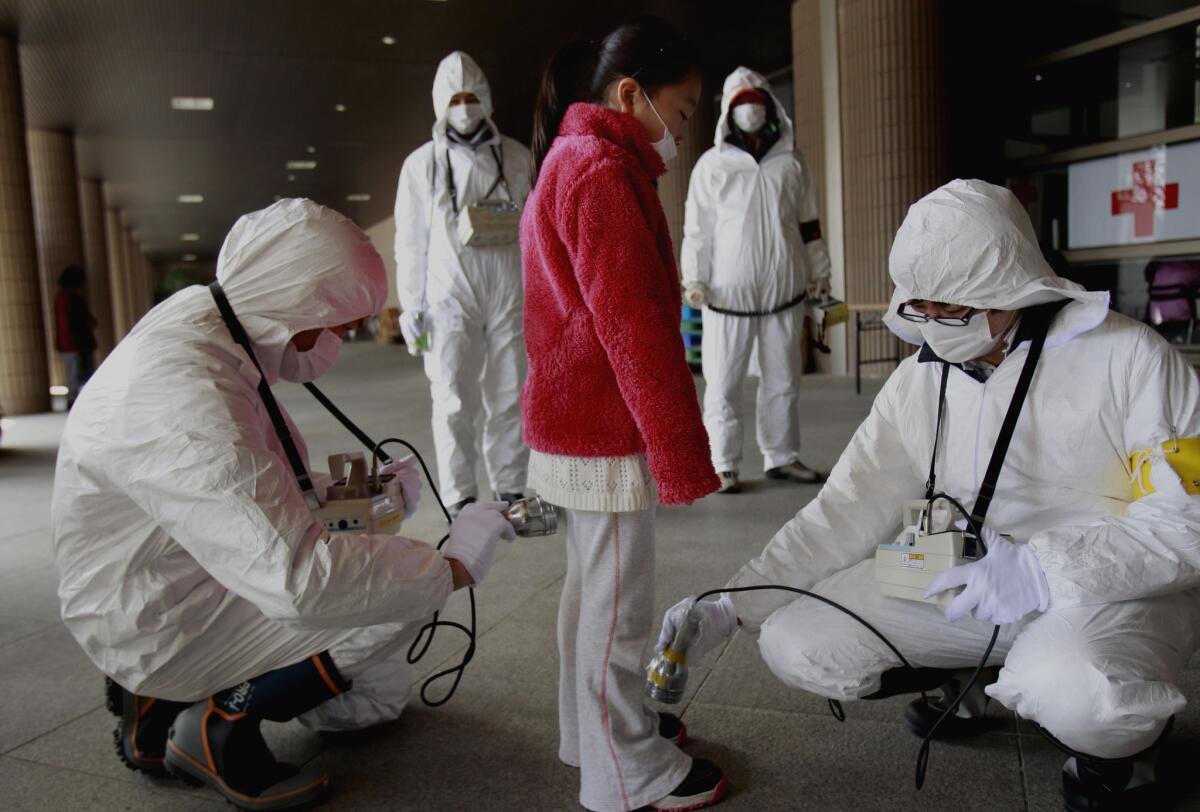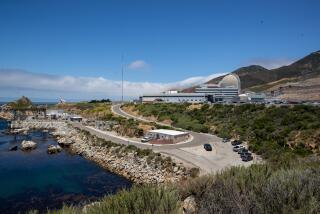Nuclear plants ill-prepared for worst-case scenarios, report says

The current approaches for regulating nuclear plant safety in the U.S. are “clearly inadequate” for preventing meltdowns and “mitigating their consequences,” according to a report released Thursday.
U.S. safety regulations traditionally ensure that plants are designed to withstand ordinary equipment failures, power losses and the loss of ability to cool the reactor core — the part of a plant where the nuclear reactions take place. But this is not enough, according to the report by the National Academy of Sciences.
“To what extent are they proactive versus reactive?” said Najmedin Meshkati, an engineering professor at USC who worked on the report. “Complacency and hubris are the worst enemies to nuclear safety.”
The U.S. nuclear industry should prepare for unlikely, worst-case scenarios when designing, building and regulating plants, the report recommends.
That is the big lesson the industry should take away from the March 2011 Fukushima Daiichi nuclear accident in Japan, the report says. Earthquakes, floods, tsunamis, solar storms and situations that seem rare are precisely the events that triggered the world’s three major nuclear disasters: Fukushima, Three Mile Island and Chernobyl.
The report said the accident at Fukushima — caused by an earthquake, which knocked out power, and a tsunami, which inundated the plant — should not have come as a surprise.
Another Japanese nuclear plant, Onagawa, which was closer to the earthquake’s fault line and also hit by the tsunami, sustained less damage because the possibility of earthquakes and floods had been considered when it was built, the report says. For example, the plant was built at a higher elevation, which decreased flooding, and had five off-site power lines, one of which survived the earthquake.
“Fukushima was a man-made accident,” Meshkati said. “The root cause was the mind-set. Mind-set is not in the equipment. It’s not in the pump. It’s not in the valve. It’s not in the batteries or the diesel generators.”
The report also emphasizes the importance of a national “safety culture” in which regulators make public safety a top priority. It says nuclear operators should be required to meet the highest standards possible and that safety requirements should be regularly updated — something the report says was lacking in Japan with Fukushima and in the Soviet Union with Chernobyl.
“Adequate funding and highly competent staff are necessary, but not sufficient, conditions for regulatory independence,” the report says. “It also requires strong leadership that maintains a laser focus on safety and does not allow itself to become distracted by outside pressures.”
Officials at the U.S. Nuclear Regulatory Commission said they were reviewing the report and would provide detailed comments later.
Follow @msrikris for the latest national news.
More to Read
Start your day right
Sign up for Essential California for news, features and recommendations from the L.A. Times and beyond in your inbox six days a week.
You may occasionally receive promotional content from the Los Angeles Times.






